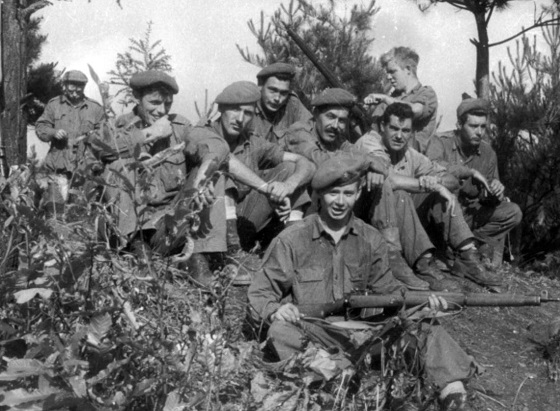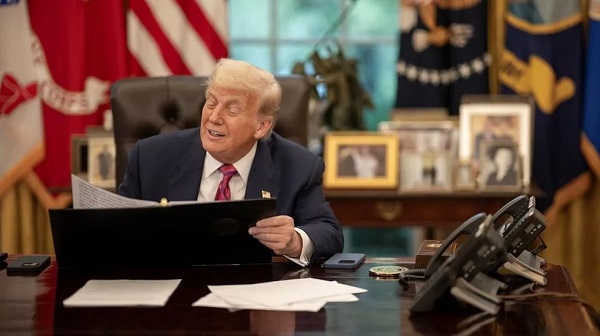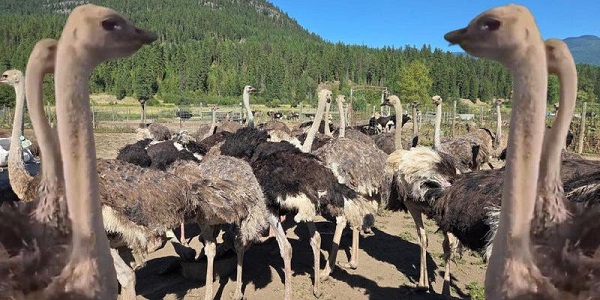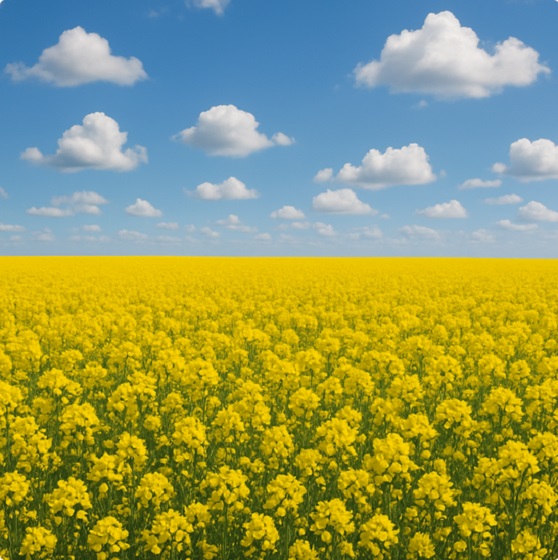History
New analysis of JFK autopsy X-rays suggests gov’t cover-up of wounds requiring a second gunman
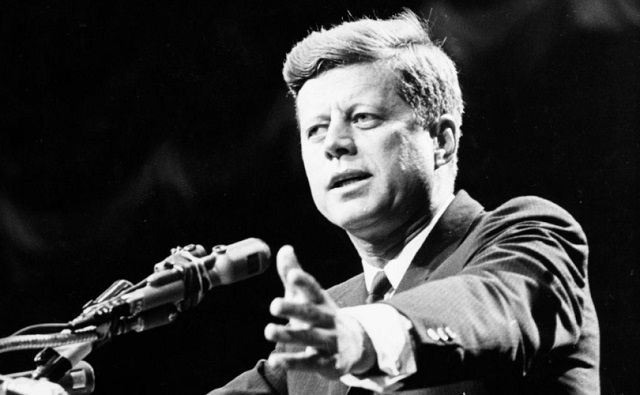
1962: US statesman John F Kennedy, 35th president of the USA, making a speech Photo by Central Press/Getty Images
From LifeSiteNews
Dr. David Mantik’s optical density analysis of a supposed white patch forgery of JFK’s autopsy skull X-rays suggests that the U.S. government knew Lee Harvey Oswald was not a lone gun assassin.
We now know that the three extant JFK autopsy skull X-rays in the National Archives collection are forgeries, altered to mask evidence of two frontal headshots.
The evidence for this proposition is thoroughly presented in a new book, The Assassination of President John F. Kennedy: The Final Analysis, which I have recently published with Dr. David W. Mantik, M.D., Ph.D. Armed with a Ph.D. in physics and a medical practice extending over five decades as a radiation oncologist, Dr. Mantik has seen the JFK autopsy skull X-rays more than anyone else. Using a densitometer, he measured the light coming through the X-rays millimeter-by-millimeter (with some measurements at a tenth-of-a-millimeter calibration).
READ: African, Middle Eastern countries call out WHO director Tedros for promoting abortion activist group
Dr. Mantik has established indisputably that a white patch has been placed to cover the rear parietal and occipital bone on the right side of JFK’s skull, as seen in the right lateral X-ray (Figure 1). This essay poses the question: why was the white patch forgery necessary?

Dr. Mantik explained how his optical density measurements proved scientifically that the white patch was a forgery:
The White Patch and the Black Space (Figure 1) were very different from my patients’ X-ray films. Therefore, I was eager to measure the Optical Densities (ODs) of these areas at the Archives. What I found there was quite astonishing. The White Patch transmits an impossibly greater percentage of light than the Dark Space.
He continued:
At the Archives, I measured many ODs of these two specific areas on both lateral X-ray films [right lateral and left lateral X-rays]: the White Patch, sometimes labeled area ‘P’ (for posterior), and the Dark Space, sometimes labeled area ‘F’ (for frontal). As shown in Table 1, these ODs imply that P transmitted about 1,100 times as much light as F. This ratio of over 1000 is quite remarkable, especially when compared to typical ratios found in patients. My ODs for patients showed only minor differences in optical densities between the front and the back. At most, the posterior skull was slightly whiter and transmitted up to twice as much light as the frontal portion.
If the forger placed the white patch on JFK’s lateral autopsy skull X-rays, what was the forger attempting to hide?
The medical personnel treating JFK’s wounds in Trauma Room One immediately after the assassination observed a large blow-out exit wound in the right back occipital region of JFK’s head. In his testimony to the Warren Commission, Dr. Robert McClelland gave the “most detailed description of the Kennedy head wound.” McClelland depicted the scene:
As I took the position at the head of the table that I have already described, to help out with the tracheotomy, I was in such a position that I could very closely examine the head wound, and I noticed that the right posterior portion of the skull had been extremely blasted. It had been shattered, apparently, by the force of the shot so that the parietal bone was protruded up through the scalp and seemed to be fractured almost along its right posterior half, as well as some of the occipital bone being fractured in its lateral half, and this sprung open the bones that I mentioned in such a way that you could actually look down into the skull cavity itself and see that probably a third or so, at least, of the brain tissue, posterior cerebral tissue, and some of the cerebellar tissue had been blasted out. There was a large amount of bleeding which was occurring mainly from the large venous channels in the skull which had been blasted open.
Secret Service Agent Clint Hill explained how he was hit by JFK’s brain matter from the third shot, which created the right rear occipital exit wound that hit JFK’s head from the front just as Hill was reaching the JFK limousine during the shooting.
Hill offers a similar description in his 2012 book, Mrs. Kennedy and Me. He describes running toward the limousine (italics in the original):
I’m almost there. Mrs. Kennedy is leaning toward the president. I am almost there. I was almost there. And then I heard the shot. The third shot. The impact was like the sound of something hard hitting something hollow – like the sound of a melon shattering onto cement. In the same instant, blood, brain matter, and bone fragments exploded from the back of the president’s head. The president’s blood, parts of his skull, bits of his brain were splattered all over me – on my face, my clothes, in my hair.
Dr. Mantik’s optical density proof of the white patch forgery seals the conclusion that the U.S. government, from the first moments after the assassination, knew Lee Harvey Oswald was not the lone gun assassin. Secret Service Agent Clint Hill and the medical personnel at Parkland knew the right rear occipital wound resulted from a frontal shot.
The obvious conclusion is that the forger placed the white patch to hide evidence of the frontal shot that hit JFK in the right temple. Given that the U.S. government had complete control over JFK’s body and the autopsy evidence provides prima facie proof that the Warren Commission assignment was to mask a deep state false flag operation, one that the CIA wants to remain concealed yet today, 61 years later.
Reprinted with permission from American Thinker.
Alberta
From Underdog to Top Broodmare

WATCH From Underdog to Top Broodmare (video)
Executive Producers Jeff Robillard (Horse Racing Alberta) and Mike Little (Shinelight Entertainment)
What began as an underdog story became a legacy of excellence. Crackers Hot Shot didn’t just race — she paved the way for future generations, and in doing so became one of the most influential producers the province has known.
The extraordinary journey of Crackers Hot Shot — once overlooked, now revered — stands as one of Alberta’s finest success stories in harness racing and breeding.
Born in humble circumstances and initially considered rough around the edges, Crackers Hot Shot overcame long odds to carve out a career that would forever impact the province’s racing industry. From a “wild, unhandled filly” to Alberta’s “Horse of the Year” in 2013, to producing foals who carry her spirit and fortitude into future generations.
Her influence ripples through Alberta’s racing and breeding landscape: from how young stock are prepared, to the aspirations of local breeders who now look to “the mare that did it” as proof that world-class talent can emerge from Alberta’s paddocks.
“Crackers Hot Shot, she had a tough start. She wasn’t much to look at when we first got her” — Rod Starkewski
“Crackers Hot Shot was left on her own – Carl Archibald heard us talking, he said ‘I’ll go get her – I live by there’. I think it took him 3 days to dig her out of the snow. She was completely wild – then we just started working on her. She really needed some humans to work with her – and get to know that people are not scary.” — Jackie Starkewski
“Crackers Hot Shot would be one of the top broodmares in Albeta percentage wise if nothing else. Her foals hit the track – they’re looking for the winners circle every time.” — Connie Kolthammer
Visit thehorses.com to learn more about Alberta’s Horse Racing industry.
Community
New Documentary “Cooking with Hot Stones” Explores History of Fort Assiniboine, Alberta
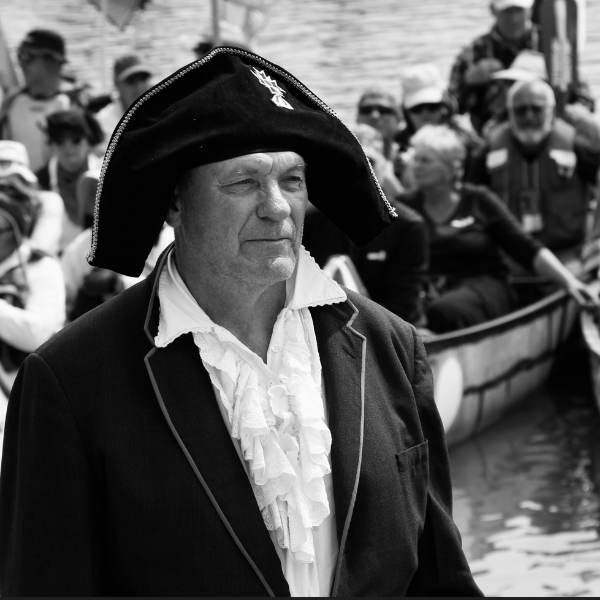
February 14, 2025 – Alberta, Canada – A compelling new documentary, Cooking with Hot Stones: 200th Anniversary of Fort Assiniboine, is set to air on Wild TV, RFD TV Canada, Cowboy Channel Canada, and you can click here to stream for FREE on Wild TV’s streaming service, Wild TV+. This engaging one-hour feature will take viewers on a journey through time, exploring Fort Assiniboine’s rich history from 1823 to 2023.
Fort Assiniboine is a significant landmark in Alberta, playing a crucial role in Indigenous history, the fur trade, and the western expansion of Canada. This documentary captures the spirit of the region, illustrating how it has evolved over two centuries and how it continues to shape the cultural fabric of the province today.
Wild TV will make the documentary free to stream on Wild TV+ (insert link here once push it over to app) on February 14th so that it can be easily accessed in classrooms and other educational settings throughout the region, ensuring the historical significance of Fort Assiniboine reaches a wider audience.
Produced by Western Directives Inc., Cooking with Hot Stones: 200th Anniversary of Fort Assiniboine brings historical moments to life with vivid storytelling, expert interviews, and breathtaking cinematography.
“We are very excited to partner with Wild TV as part of our one hour documentary production. Based in Alberta, we respect the hard work and quality programming that Wild TV brings to a national audience. With the broadcast opportunity, Wild TV gives our production the ability to entertain and educate Canadians across the country on multiple platforms,” said Tim McKort, Producer at Western Directives.
Scott Stirling, Vice President of Wild TV, also expressed enthusiasm for the project: “At Wild TV, we are passionate about telling Canadian stories that resonate with our audiences. This documentary not only highlights a crucial piece of our nation’s history but also celebrates the resilience and contributions of Indigenous peoples, traders, and settlers who shaped the land we call home today. We are proud to bring Cooking with Hot Stones: 200th Anniversary of Fort Assiniboine to our viewers across Canada.”
Airtimes for Wild TV can be found here.
For airtimes on RFD TV Canada, click here.
For airtimes on Cowboy Channel Canada, visit CCC’s schedule.
-

 International2 days ago
International2 days agoUS announces Operation Southern Spear, targeting narco-terrorists
-
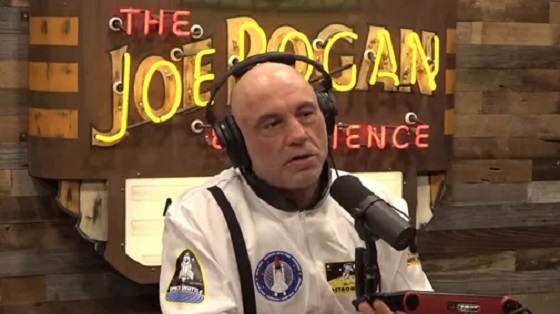
 International2 days ago
International2 days agoIs America drifting toward civil war? Joe Rogan thinks so
-

 Business1 day ago
Business1 day agoParliamentary Budget Officer begs Carney to cut back on spending
-
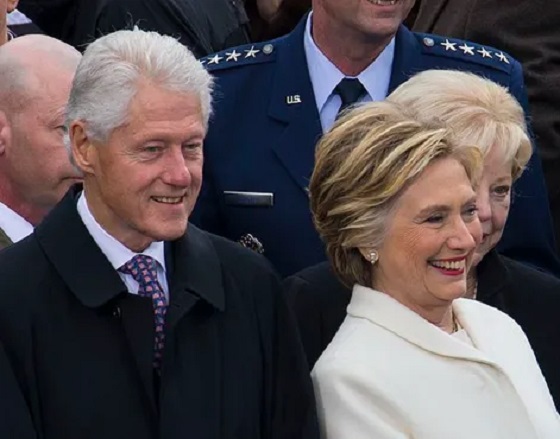
 International2 days ago
International2 days agoBondi and Patel deliver explosive “Clinton Corruption Files” to Congress
-
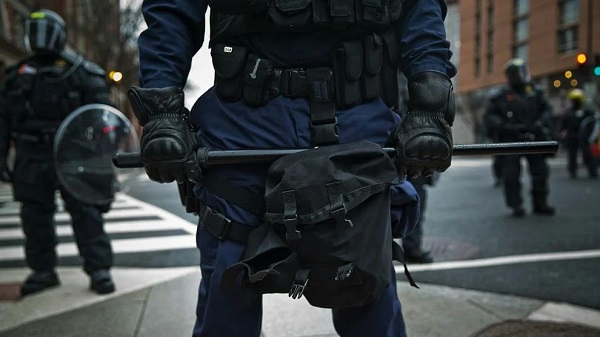
 International2 days ago
International2 days agoState Department designates European Antifa groups foreign terror organizations
-

 Censorship Industrial Complex2 days ago
Censorship Industrial Complex2 days agoEU’s “Democracy Shield” Centralizes Control Over Online Speech
-
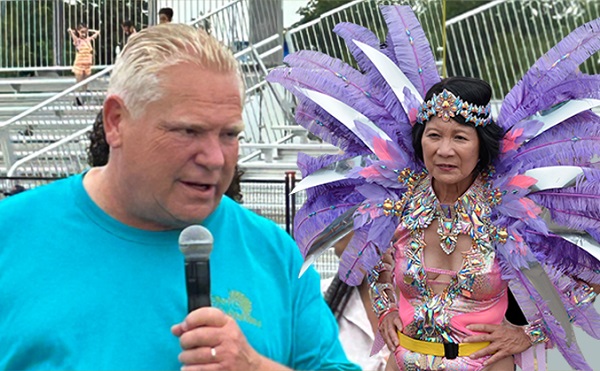
 Bruce Dowbiggin2 days ago
Bruce Dowbiggin2 days agoDEI Or Die: Out With Remembrance, In With Replacement
-

 Addictions1 day ago
Addictions1 day agoCanadian gov’t not stopping drug injection sites from being set up near schools, daycares




